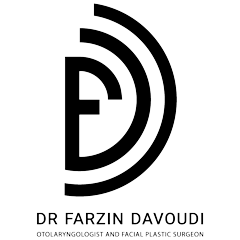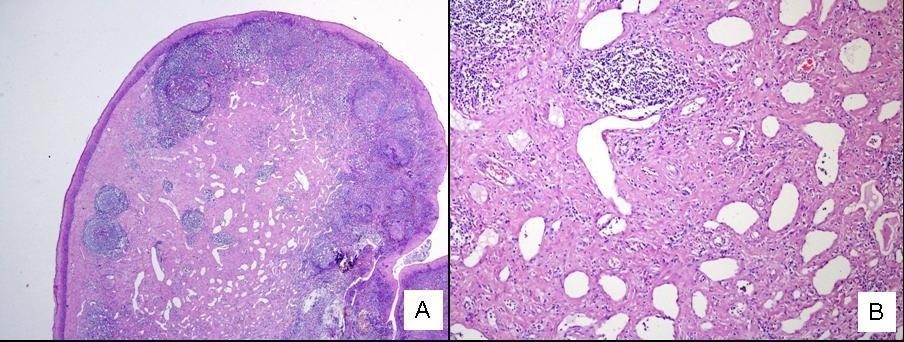In an article titled “Tonsillar Lymphangiomatous Polyp: A Rare Case Report” published in the Journal of Otorhinolaryngology and Facial Plastic Surgery, Dr. Farzin Davoudi and colleagues present a rare case of a tonsillar lymphangiomatous polyp. Lymphangiomatous polyps of the tonsils are recognized as rare benign lesions in the tonsillar region and may present with symptoms such as difficulty swallowing, a sensation of a foreign body in the throat, and snoring. The article discusses the diagnosis and successful treatment of a 27-year-old patient exhibiting these symptoms.
Tonsillar lymphangiomatous polyps are uncommon benign lesions whose diagnosis can be challenging due to their resemblance to malignant tumors. The significance of this article lies in the accurate diagnosis and timely treatment of this condition. Diagnosis of this lesion requires thorough clinical and pathological evaluations, as its clinical symptoms can mimic other tonsillar diseases.
Case Description:
A 27-year-old man presented to the Kurdistan ENT Clinic complaining of persistent snoring and difficulty swallowing. Clinical examination revealed a 3 cm pedunculated mass attached to the superior pole of the right tonsil. The patient underwent bilateral tonsillectomy, and pathological evaluation confirmed the diagnosis of a lymphangiomatous polyp. The patient recovered without complications after surgery, and no recurrence of symptoms was observed during one year of follow-up.
In this article, the lymphangiomatous polyp was identified as a benign lesion effectively treatable by complete tonsillectomy. No signs of disease recurrence were detected after one year of follow-up. These findings support tonsillectomy as an effective and low-risk treatment option for this rare lesion.
Conclusion:
The study by Dr. Farzin Davoudi and colleagues examines a rare case of tonsillar lymphangiomatous polyp and reports successful treatment outcomes. This article aids physicians in making accurate diagnoses and selecting appropriate treatments when faced with similar cases.
Access to the Full Article:
The article is available online in the Journal of Otorhinolaryngology and Facial Plastic Surgery. To view the full text, please follow the link below:









